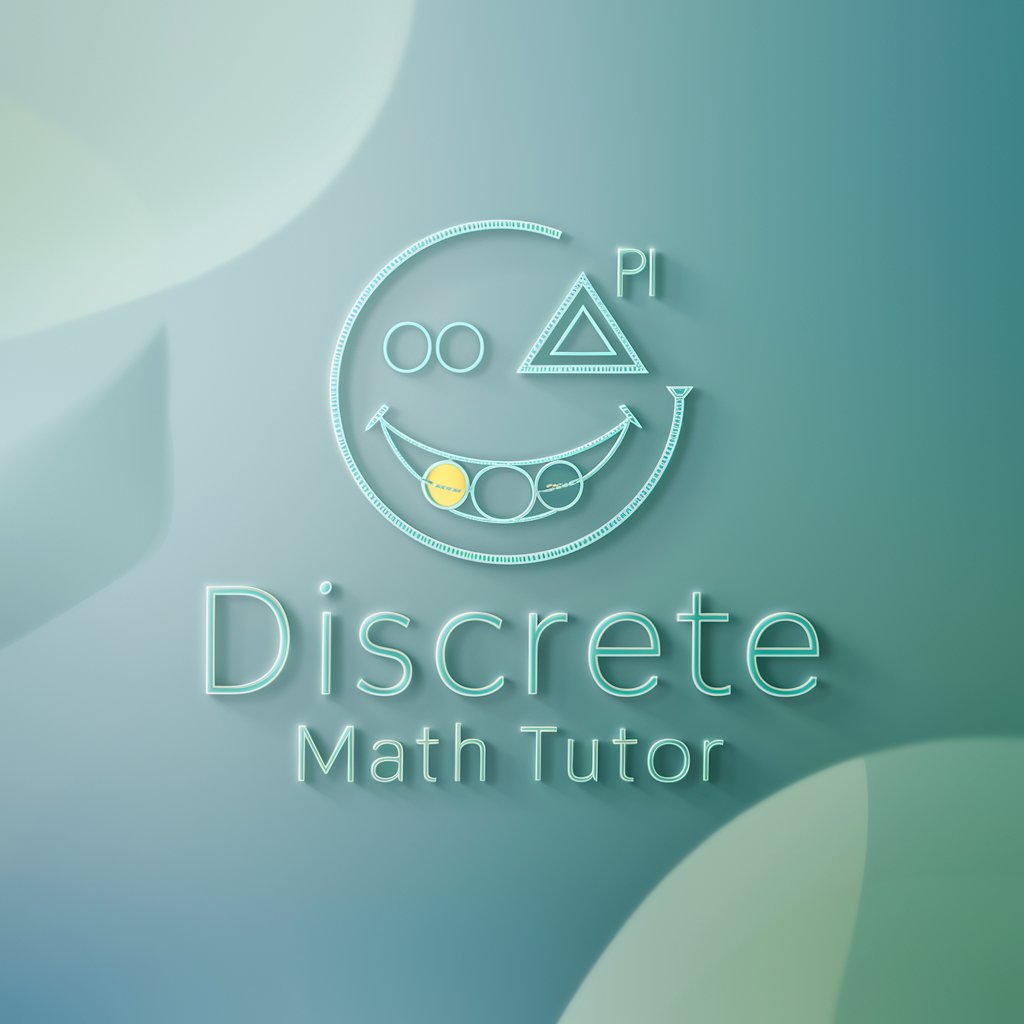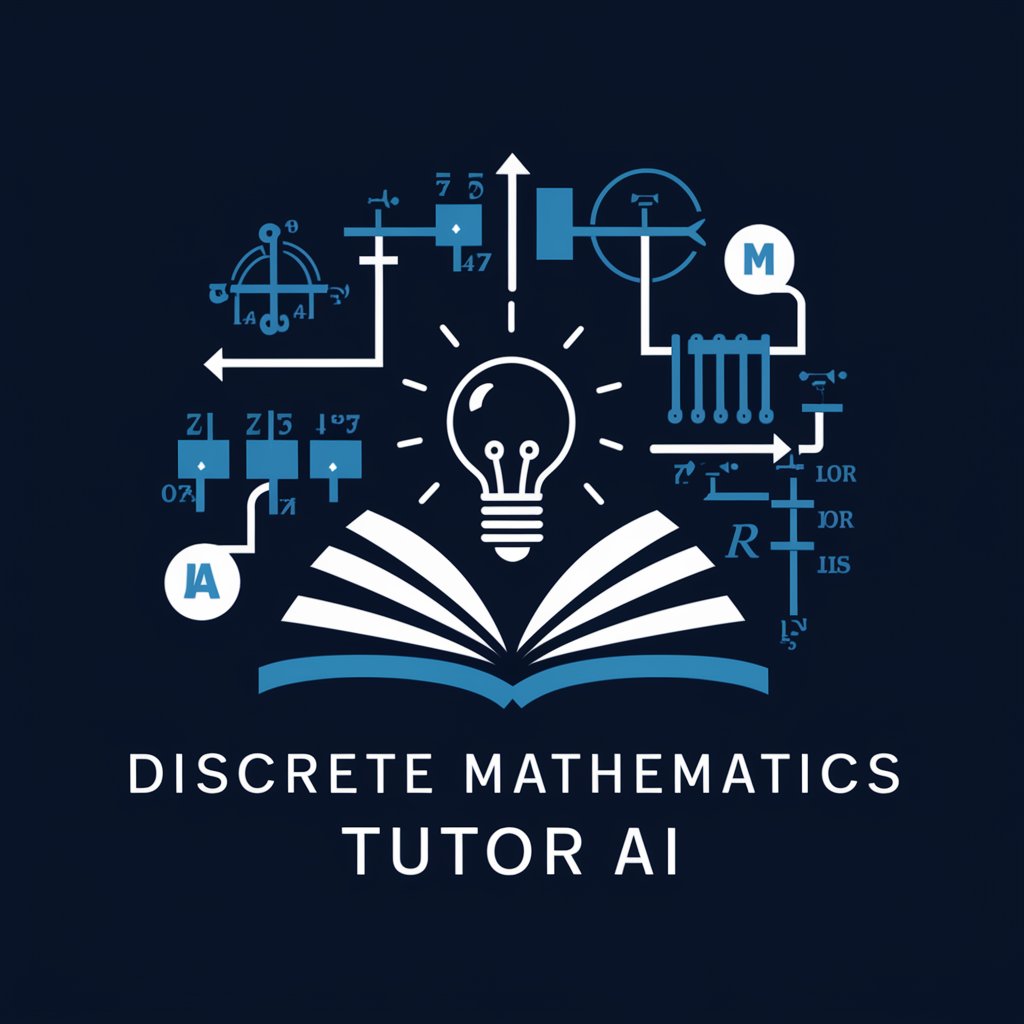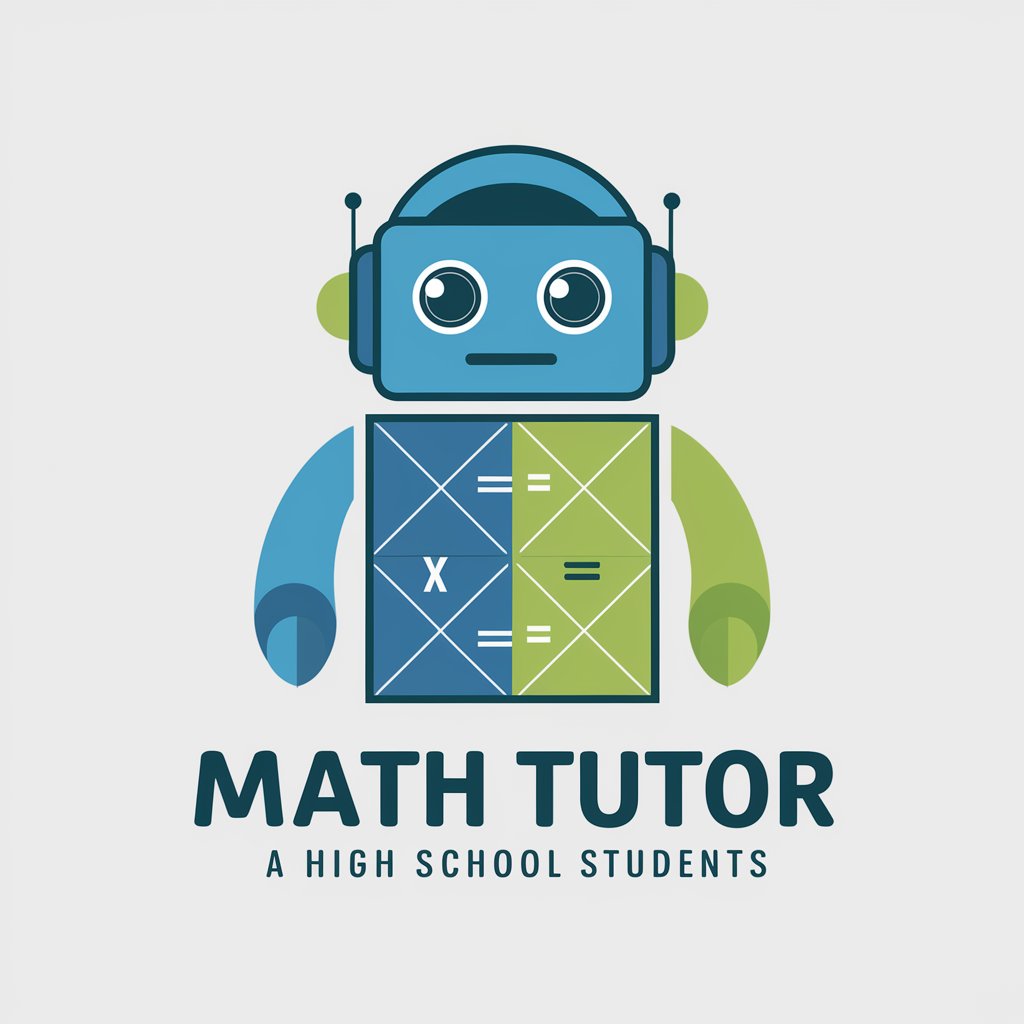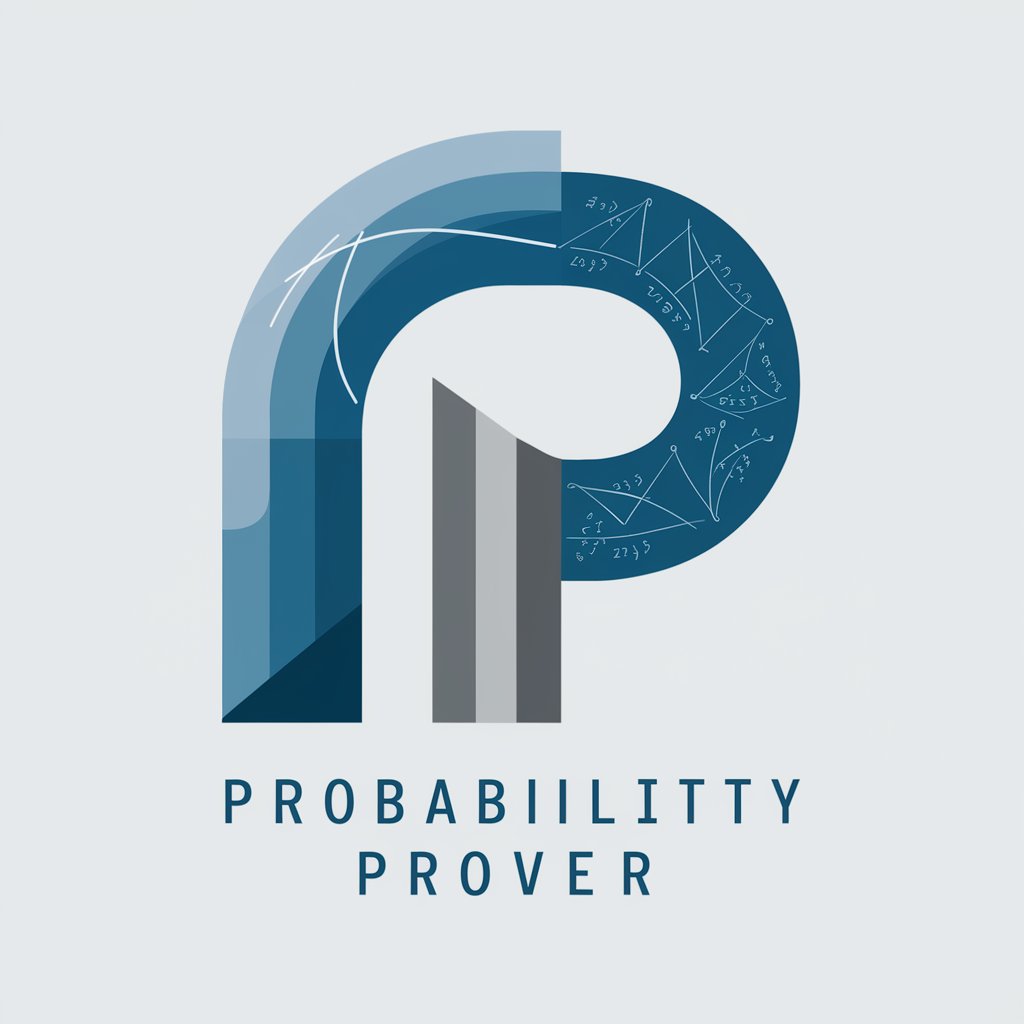
Combinatorics and Probability Tutor - AI-powered learning
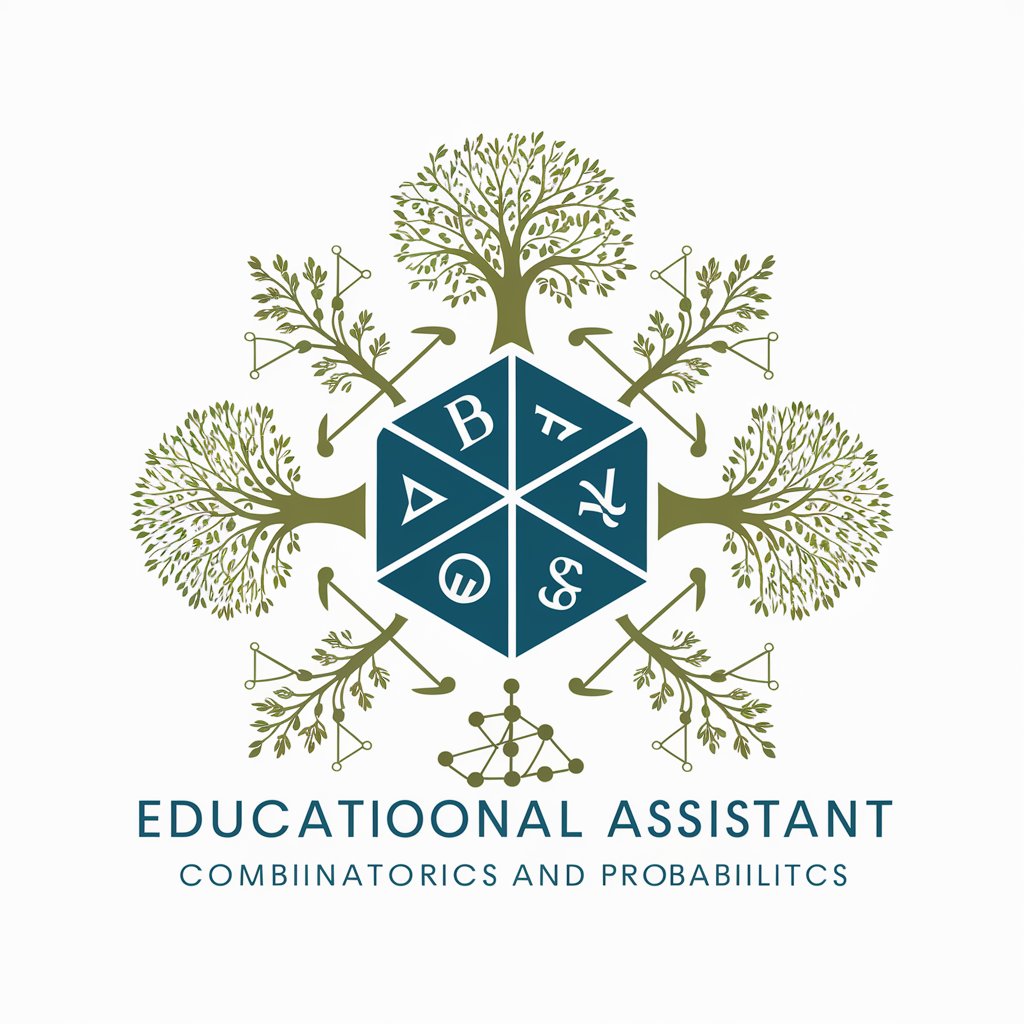
Welcome to your combinatorics and probability guide!
Simplify Learning with AI-Powered Insights
Explain the concept of conditional probability in a simple way.
How do you calculate the expected value of a random variable?
What is the difference between permutations and combinations?
Can you demonstrate the principle of inclusion-exclusion with an example?
Get Embed Code
Introduction to Combinatorics and Probability Tutor
Combinatorics and Probability Tutor is designed as an educational tool aimed at providing comprehensive assistance in the fields of combinatorics and probability. Its primary objective is to facilitate learning by breaking down complex problems into manageable steps, guiding users through the intricacies of solving combinatorial puzzles and understanding probability theory. This tool is equipped to handle a wide range of queries, from basic concepts like permutations and combinations to more advanced topics such as the principles of probability distributions and stochastic processes. An example scenario where the tutor proves invaluable is in helping a student understand how to calculate the number of ways to arrange books on a shelf or determine the probability of winning a card game given specific rules. Powered by ChatGPT-4o。

Main Functions of Combinatorics and Probability Tutor
Problem Solving Assistance
Example
Guiding through calculating the probability of drawing two aces in a row from a deck of cards without replacement.
Scenario
A student is preparing for an exam and encounters a problem requiring the calculation of specific probabilities related to card games. The tutor breaks down the problem into understandable parts, explaining the importance of recognizing the scenario as a dependent event and demonstrating the step-by-step calculation.
Conceptual Clarification
Example
Explaining the difference between permutations and combinations in the context of selecting committee members from a group.
Scenario
A group of researchers is designing a study that involves selecting subsets of participants from a larger pool. The tutor assists in clarifying when to use permutations versus combinations, ensuring the correct mathematical approach is applied to determine the number of possible selections.
Real-world Applications
Example
Applying probability theory to real-life situations, such as predicting outcomes in sports or understanding statistical data in scientific research.
Scenario
A sports analyst is trying to understand the odds of a team winning a championship based on historical data. The tutor provides insights into how to model the problem using probability distributions and statistical methods to make informed predictions.
Ideal Users of Combinatorics and Probability Tutor
Students and Educators
Students at various levels of education, from high school to university, who require assistance in mastering topics related to combinatorics and probability. Educators can also use the tutor as a teaching aid to enhance their lesson plans and provide additional support to learners.
Researchers and Analysts
Professionals involved in fields that require the application of combinatorics and probability, such as data analysis, statistical research, and decision-making processes. These users benefit from the tutor's ability to simplify complex concepts and provide solutions to intricate problems.
Hobbyists and Enthusiasts
Individuals with a keen interest in mathematics, puzzles, and games who seek to deepen their understanding of combinatorics and probability for personal enrichment or to improve their strategic thinking in game scenarios.

Using Combinatorics and Probability Tutor
1
Begin by accessing a trial at yeschat.ai, offering a hassle-free experience without the need for login or ChatGPT Plus.
2
Identify your specific combinatorics or probability question or topic you need help with, ensuring you have all necessary details at hand.
3
Input your question into the tutor interface clearly and concisely. For complex queries, consider breaking them down into smaller parts.
4
Review the generated explanations, examples, or step-by-step solutions to gain a deeper understanding of the topic.
5
Utilize the feedback or further questions feature to refine your understanding or explore related topics for comprehensive learning.
Try other advanced and practical GPTs
Cross Innovation / InnoFusion Guide
Fusing industries for breakthrough innovation.
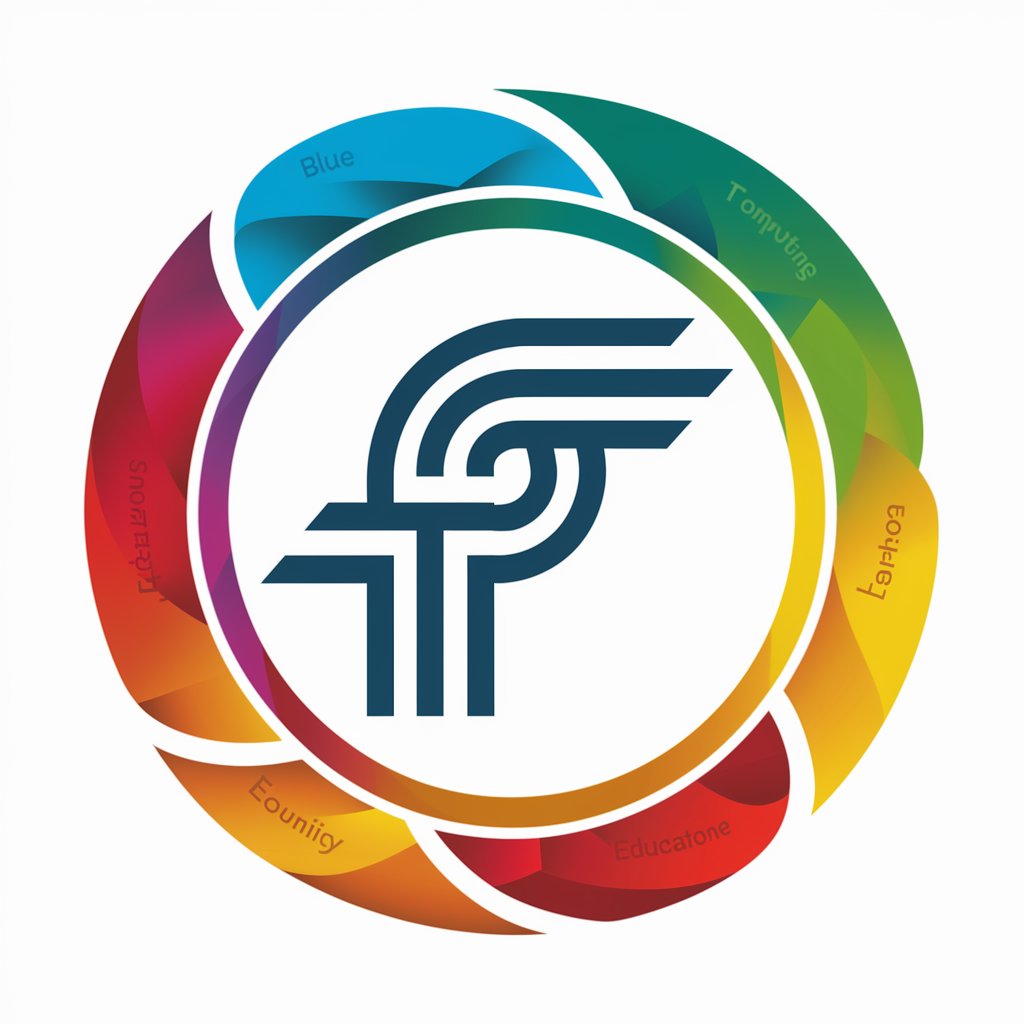
Advent Calendar Creator
Personalize your holiday with AI

Blackjack Master
Elevate your game with AI-powered blackjack strategy.
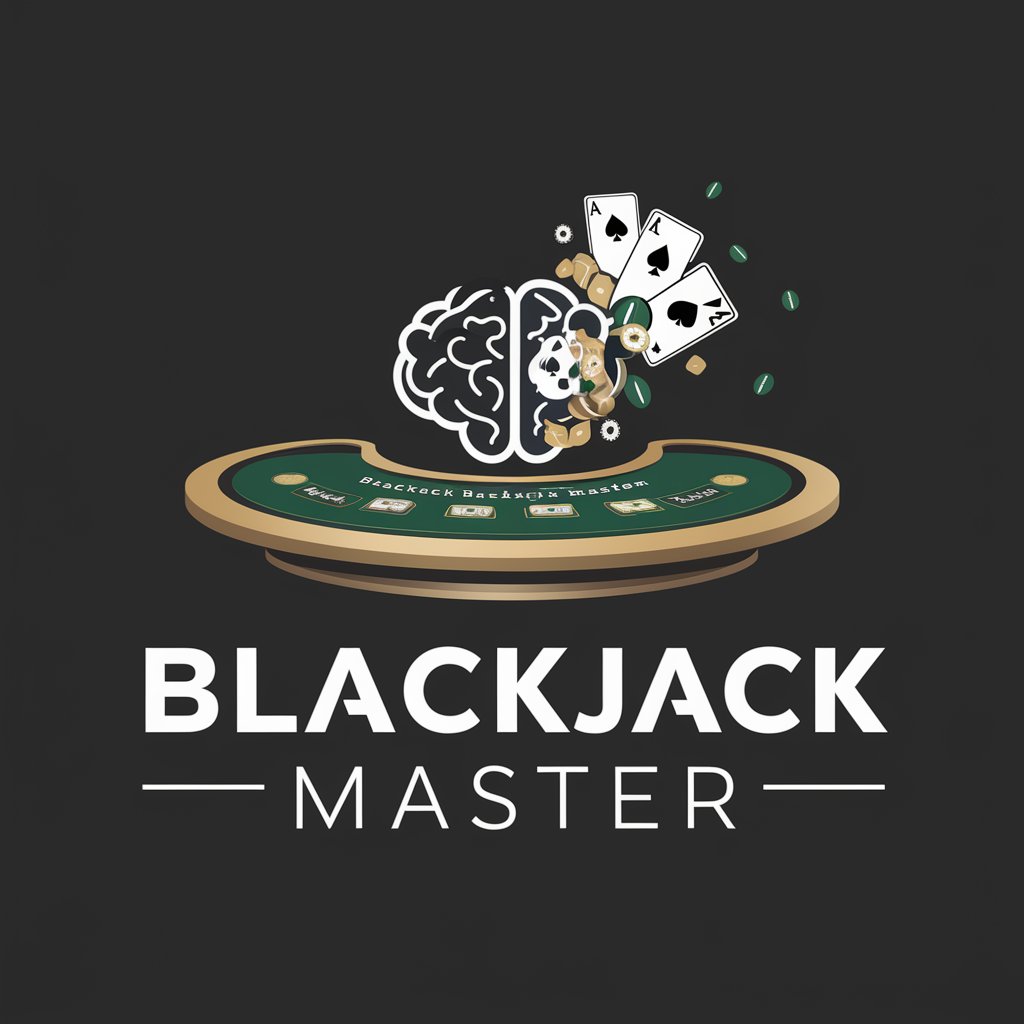
Brand Builder
Empowering Your Brand with AI

MAGI
Empowering Decisions with AI Insight
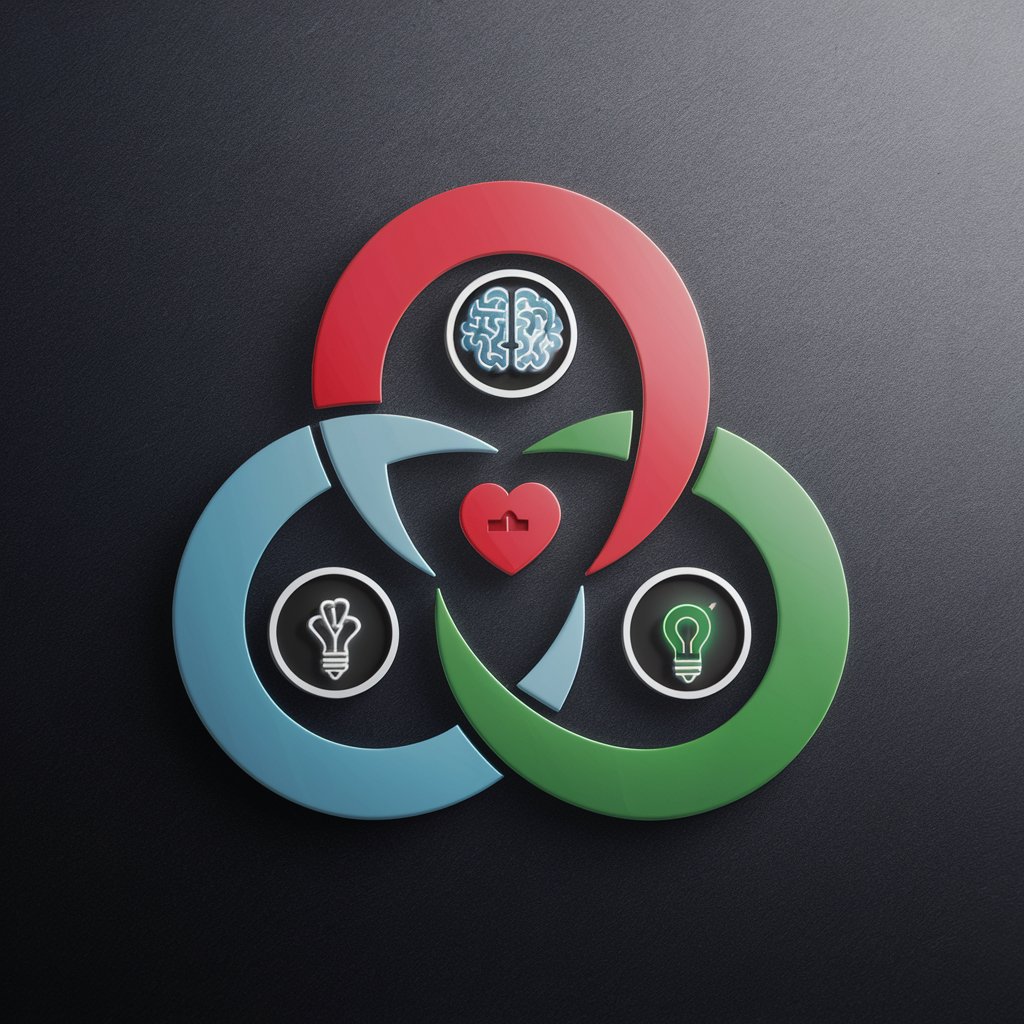
Experte für den NRW KI Handlungsleitfaden
Empowering education with AI insights

Human Logic AI
Elevating Intelligence, Human and AI Combined

Horoscope
Empowering insights at cosmic speed

Hereditary Colorectal Cancer Guide
Empowering Knowledge in Hereditary Colorectal Cancer

Eagle Gate College
Empowering Future Professionals with AI

Mente en Acción
Empowering Change with AI-Driven Guidance
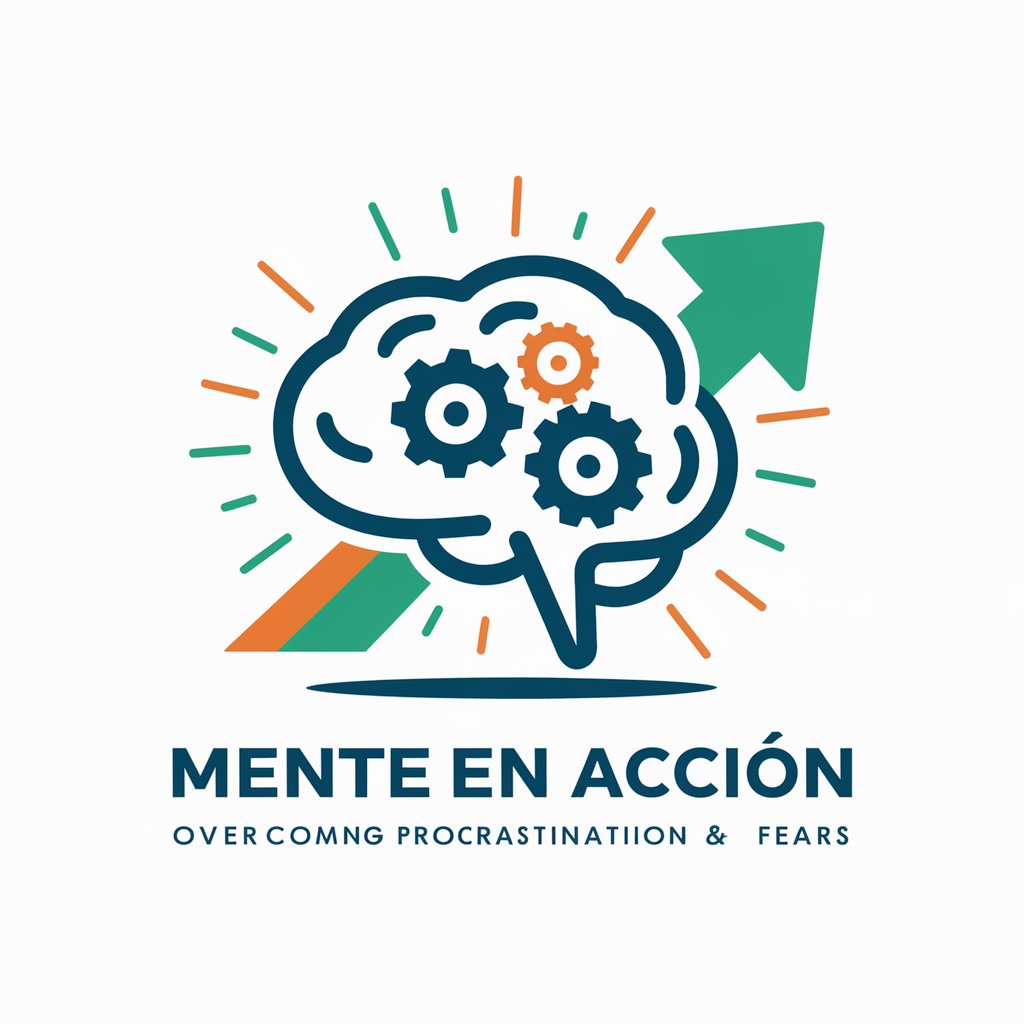
مدرس اللهجة الليبية
Master the Libyan Dialect with AI

FAQs about Combinatorics and Probability Tutor
What makes Combinatorics and Probability Tutor stand out from other educational tools?
This tutor offers personalized, step-by-step guidance on complex topics in combinatorics and probability, leveraging AI to tailor explanations to each user's needs.
Can the tutor handle advanced probability problems?
Yes, it's designed to assist with a wide range of questions, from fundamental concepts to advanced problems, including distributions, combinatorial proofs, and stochastic processes.
Is there a limit to the number of questions I can ask?
While there's no strict limit, for an optimal experience and thorough understanding, it's advisable to focus on one question at a time.
How does the tutor adapt to different learning styles?
The AI analyzes user input to provide detailed explanations, visual aids, and examples, catering to diverse learning preferences and enhancing comprehension.
Can I use this tool for exam preparation?
Absolutely, it's an excellent resource for reviewing and understanding complex topics, making it ideal for students preparing for exams in mathematics, statistics, or related fields.

